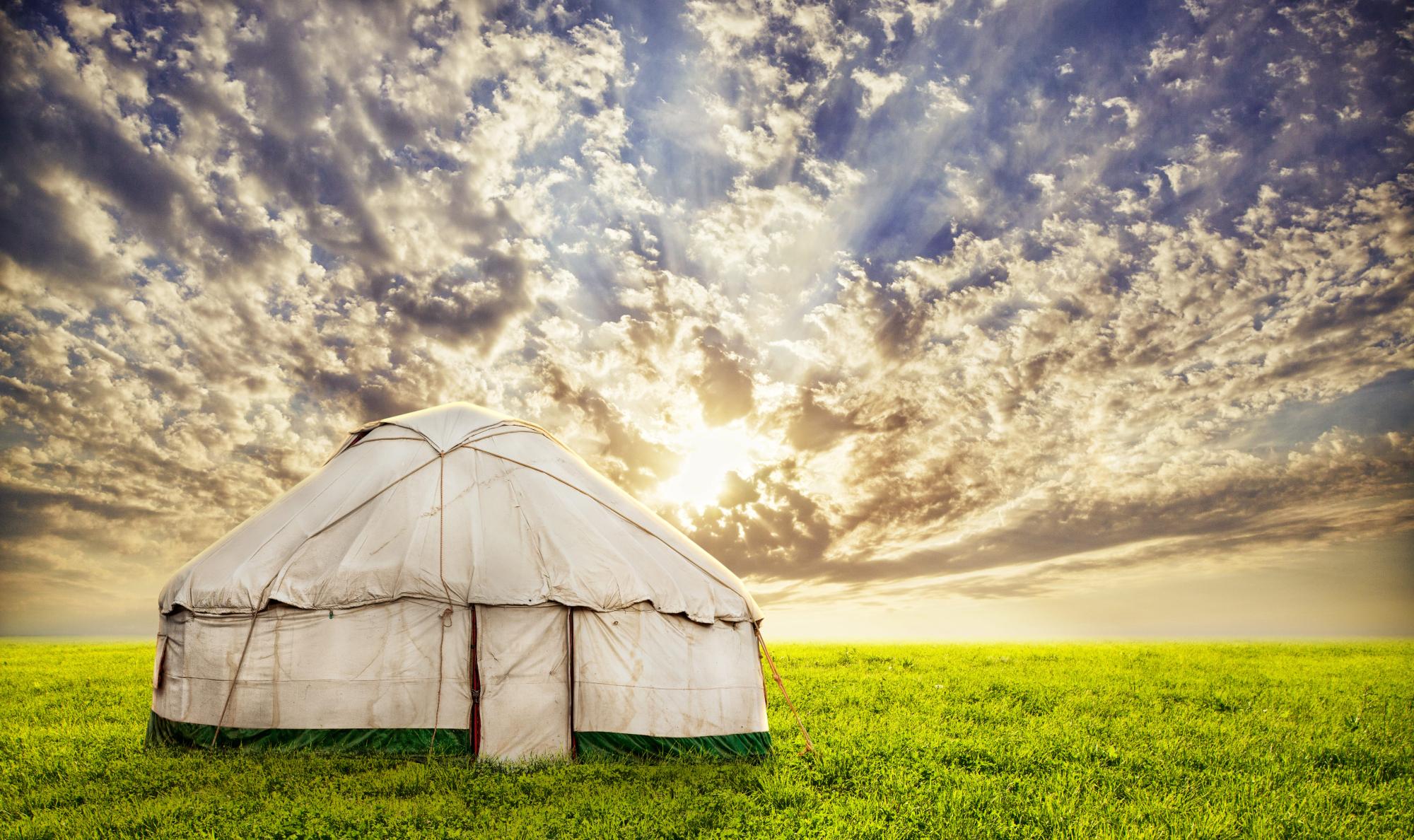
Central Asia is more than just a point on the map—it is a true kaleidoscope of cultures, landscapes, and traditions. Here, you can feel the spirit of the Great Silk Road, where caravan routes once linked East and West. Today, traveling through Kazakhstan, Uzbekistan, and Kyrgyzstan turns into an exciting adventure: from futuristic cities to majestic mountain peaks, from bustling bazaars to secluded yurts.
For centuries, this region was a crossroads of trade routes, where merchants, scholars, and nomads met. After the dissolution of the Soviet Union in the early 1990s, these countries gained independence and began to develop their own economic and cultural policies. In the capitals (Astana, Tashkent, Bishkek), modern districts now rise, while in remote corners the spirit of nomadic life still lives on: herders continue settling in yurts, and traditional crafts and oral poetry are passed down from generation to generation.
Kazakhstan is the largest country in the region, where flat plains give way to rugged mountain ranges. In major cities such as Astana and Almaty, you’ll be impressed by futuristic buildings, wide avenues, and a vibrant cultural life. Yet behind the city lights lie boundless steppes, where you can experience true freedom by horseback riding or staying at a ranch. The national cuisine—with its rich flavors of kumis (fermented mare’s milk) and shubat (fermented camel’s milk), as well as traditional festivals and competitions (for example, horse races and eagle games)—allows you to delve deeper into the nomadic heritage.
Uzbekistan is often called the “Pearl of the East,” where every stone seems to hold the story of the Timurid Empire. Cities are filled with architectural masterpieces decorated with bright mosaics and elegant domes. Here, the tradition of “bread and salt” symbolizes friendship and respect for guests: travelers are welcomed with a raised cup of tea and a hearty meal. The unique cuisine—pilaf, manti dumplings, samsa pastries, and sweet baursaks—will delight any palate. Uzbekistan has developed modern highways and hotel complexes, yet there still remains the opportunity to spend a night in a glamping site on the edge of the desert or take a wine tour through fertile valleys.
Kyrgyzstan is known as the land of “a thousand peaks,” where nature remains the central element of life. People here perceive mountains not as obstacles but as their closest neighbors. In the capital, Bishkek, you can sense a balance between urban bustle and the breath of the highlands, and just a short journey outside the city reveals a world of trekking routes and waterfalls. In summer, travelers flock to high-altitude lakes to swim in crystal-clear waters and live in traditional yurts. The local cuisine—featuring mutton, herbs, and fermented dairy products like kymyz and ayran—pairs perfectly with active outdoor activities: horseback riding, rafting on mountain rivers, and mountain ascents provide powerful emotions and a sense of unity with nature.
Central Asia remains relatively “untouched” for many European and American tourists. Here, there are no countless tour groups and overused itineraries—each route can be customized to your interests: from leisurely strolls through colorful bazaars to extreme mountain treks. The region’s infrastructure is constantly improving: new airports, highways, and hotels are being built, but the genuine spirit of hospitality and heartfelt interaction with local people remains unchanged.
Year by year, opportunities for travel by train and bus between countries expand, and more direct flights emerge. Government programs actively develop ecotourism and cultural routes. At the same time, each country preserves its authenticity—whether it’s a nomadic yurt high in the mountains, a caravanserai in a city’s historic quarter, or a noisy bazaar where you can sample fresh spices and homemade sweets.
Traveling through Central Asia offers not only visual impressions but also the chance to hear ancient legends, taste dishes passed down through generations, and feel that nomadic freedom in which life flows in harmony with migrating herds and changing seasons. When planning your route, consider the seasons: in spring, the steppes bloom with carpets of wildflowers; in summer, mountain lakes offer swimming in pristine waters; in autumn, Uzbekistan’s vineyards yield a wealth of flavors. In winter, Kyrgyzstan and Kazakhstan open up opportunities for skiing.
To make your trip comfortable, arrange the necessary visas in advance and clarify border-crossing rules (in some cases, simplified entry applies between countries). Pay attention to the climate: desert areas can experience hot days and cold nights, while in the mountains the weather can change rapidly.
Whether you seek ecotourism, cultural immersion, or active recreation, the expanses of Kazakhstan, Uzbekistan, and Kyrgyzstan have something that will make your journey truly unforgettable.
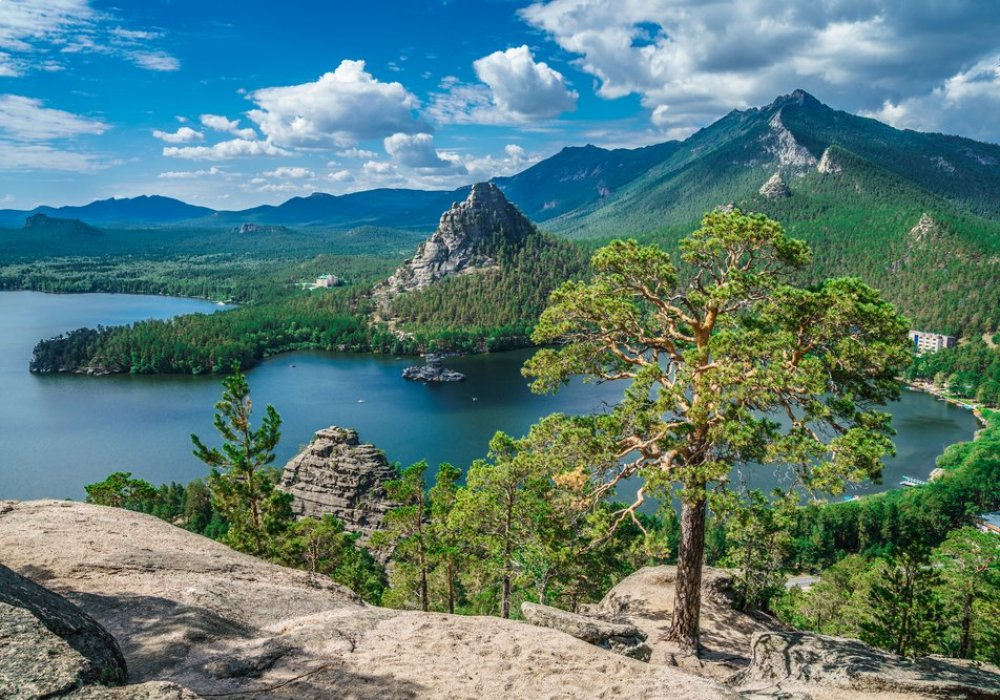 10 Reasons Why Kazakhstan Should Be on Your Travel Bucket List
10 Reasons Why Kazakhstan Should Be on Your Travel Bucket List
Kazakhstan is far more than endless steppes and horses, as many might assume. It's a land of ancient nomadic traditions, futuristic architectur...
Next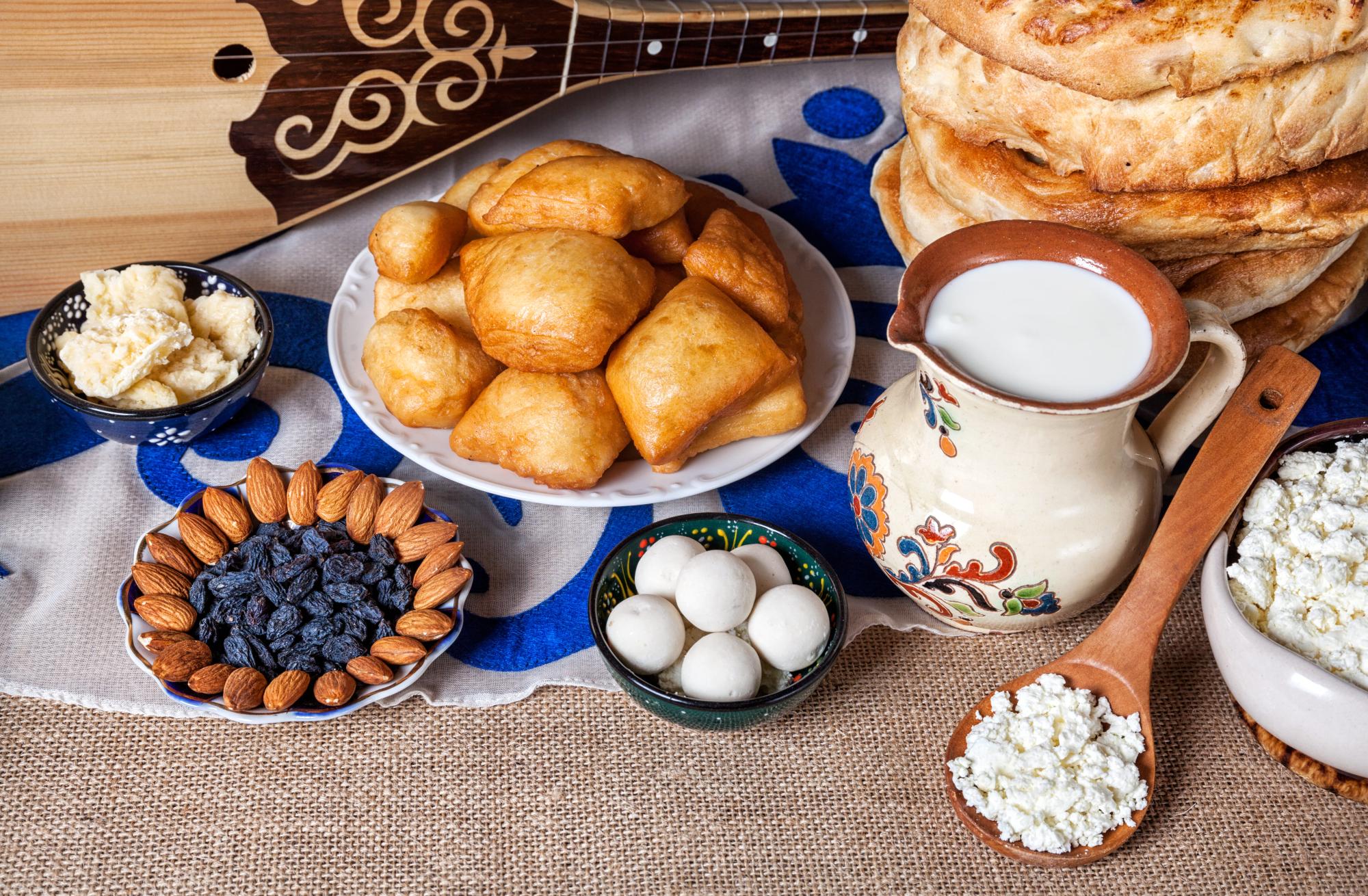 Gastronomy of Central Asia: A Culinary Adventure for Tourists
Gastronomy of Central Asia: A Culinary Adventure for Tourists
Сentral Asia is a true gastronomic paradise where every meal becomes a journey through centuries of culture. Between endless steppes, verdant oases...
Next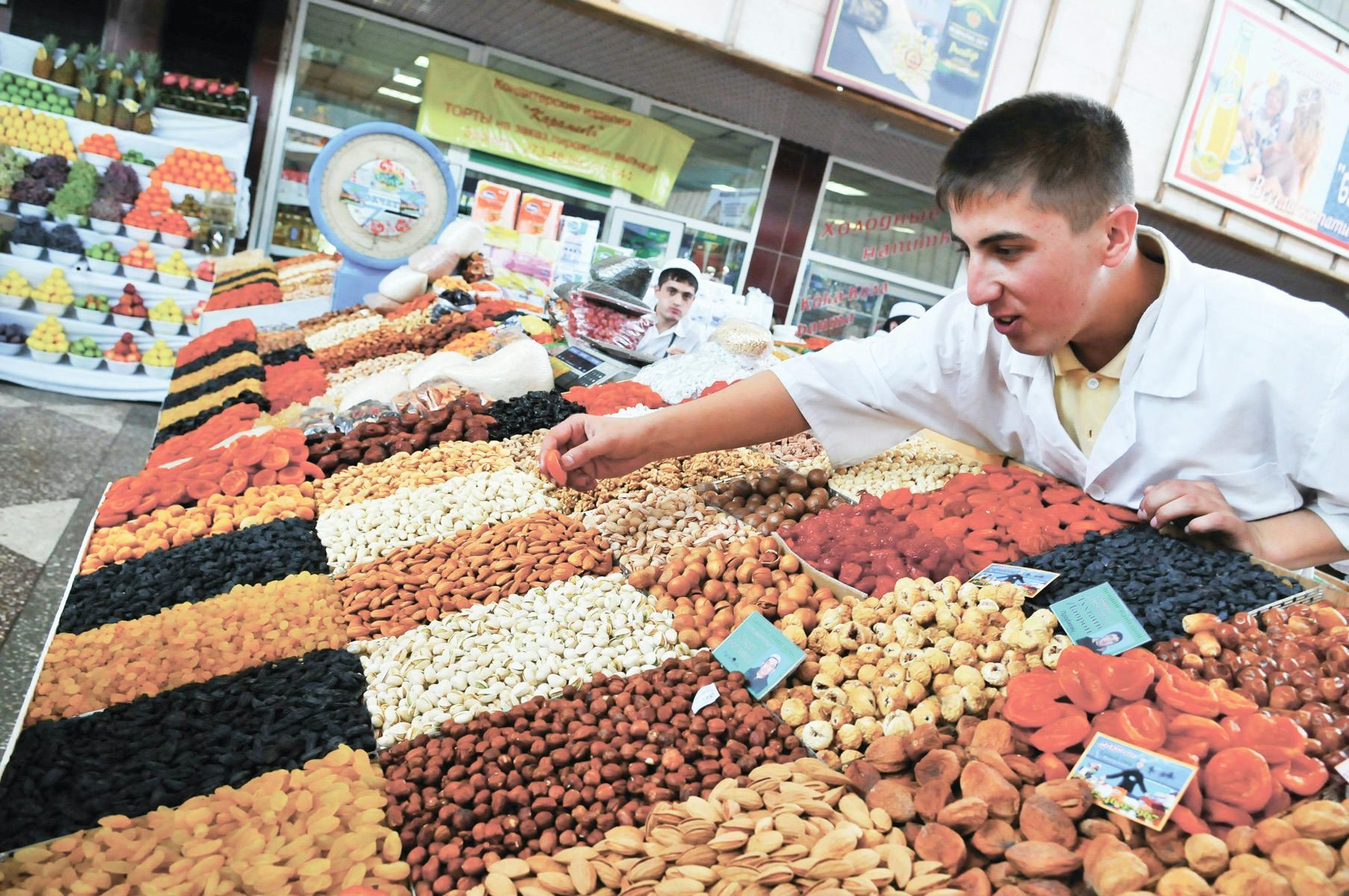 Shopping Guide: From Bazaars to Designer Boutiques
Shopping Guide: From Bazaars to Designer Boutiques
Central Asia is a treasure trove of vibrant colors, aromas, and authentic goods. Here, street bazaars stand side by side with modern shopping malls...
Next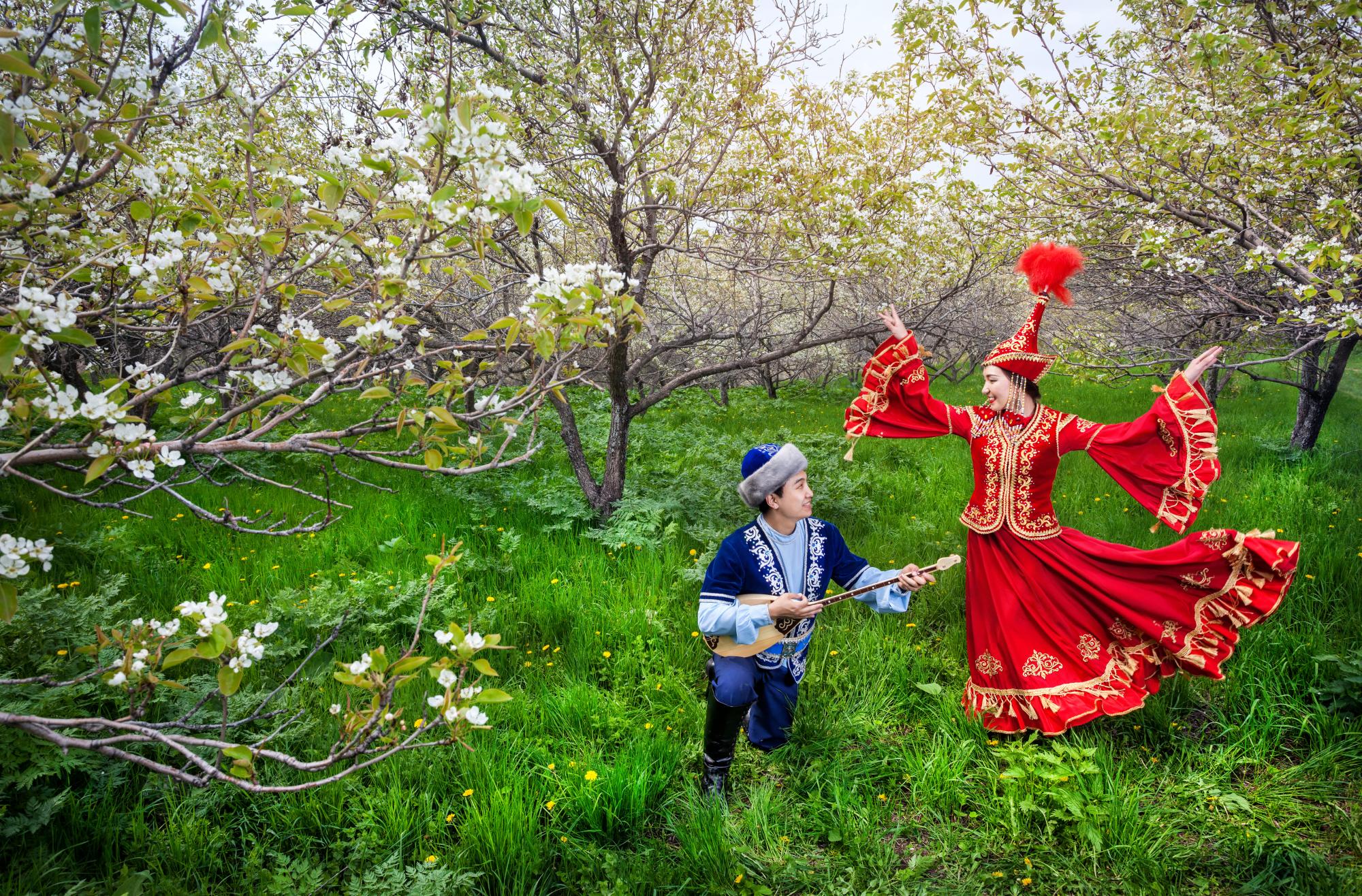 Nauryz – A Spring Celebration of Renewal and Unity
Nauryz – A Spring Celebration of Renewal and Unity
Nauryz is one of the brightest and most significant holidays in Central Asia, symbolizing the renewal of nature, the beginning of the new year, and...
Next